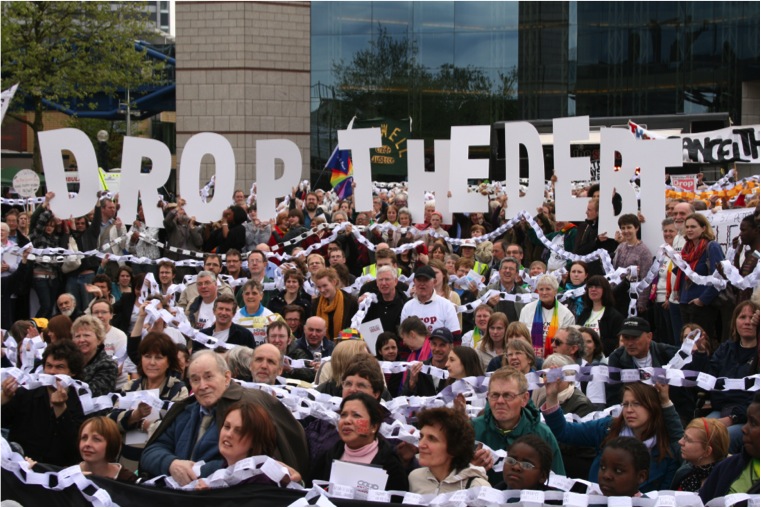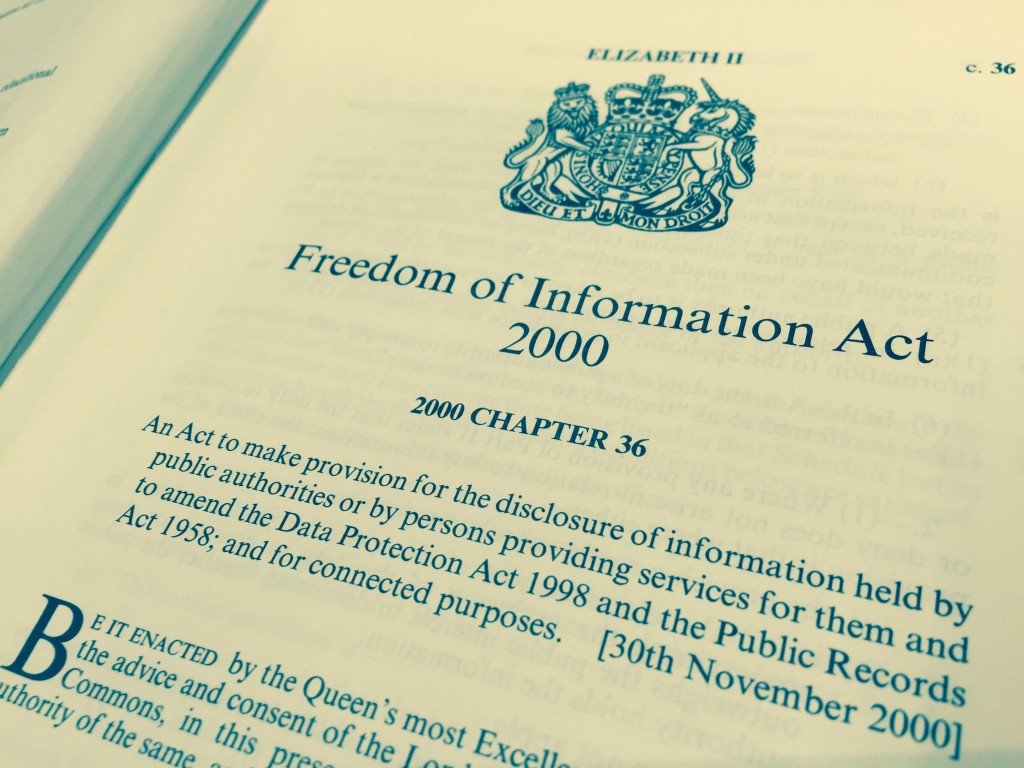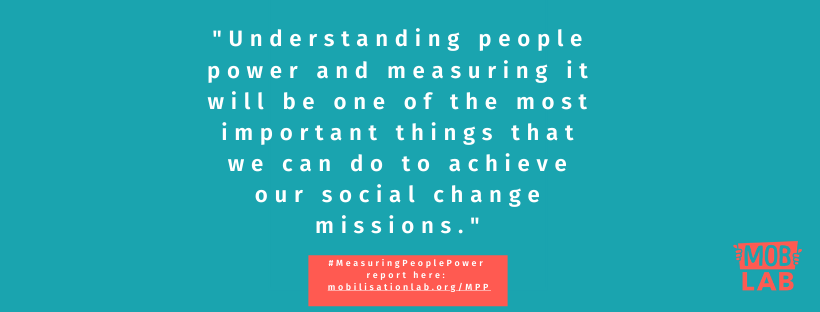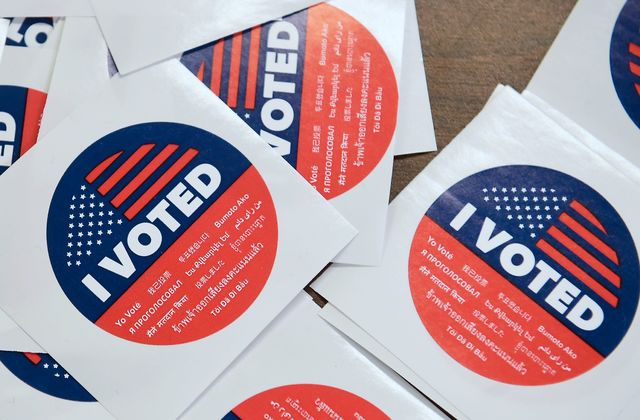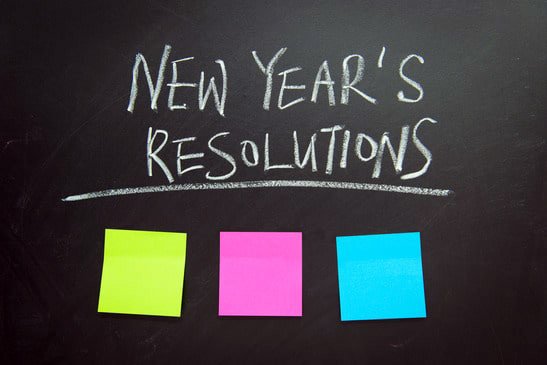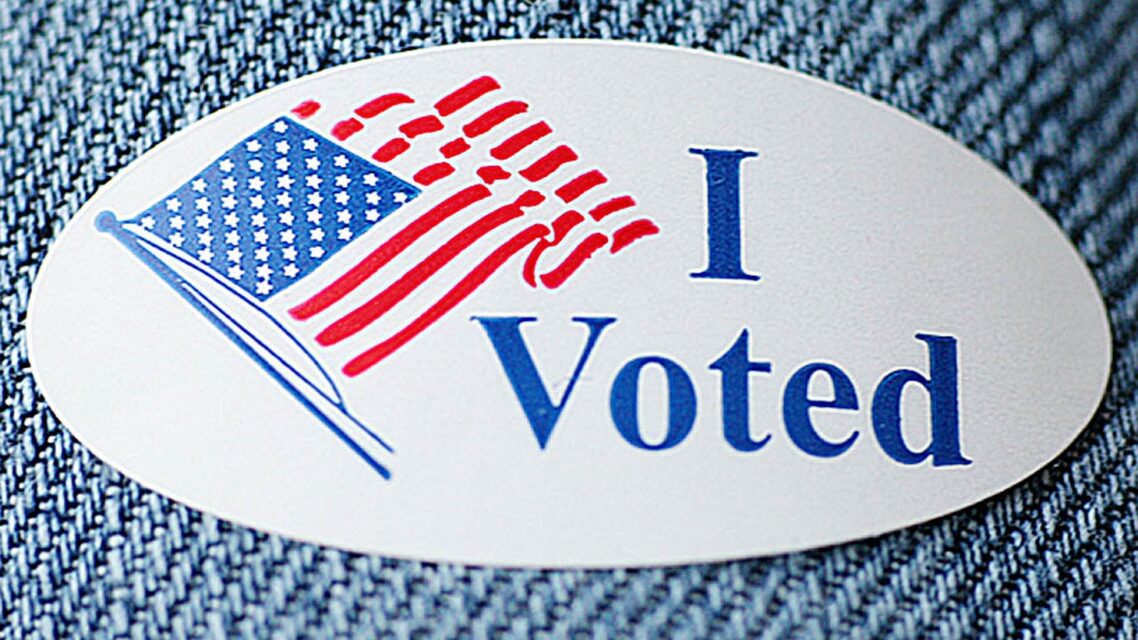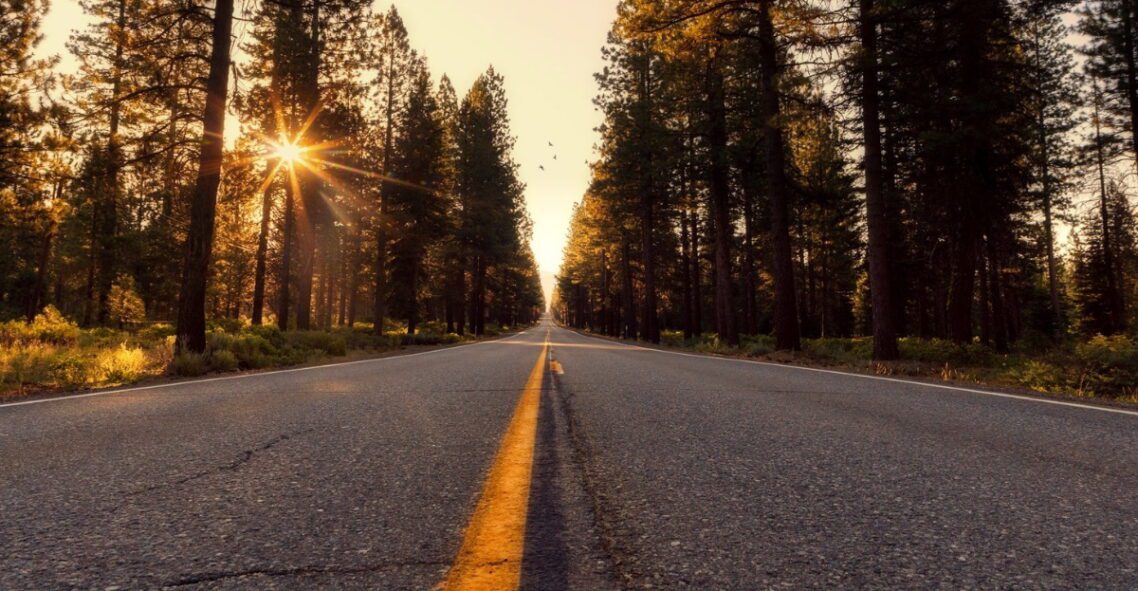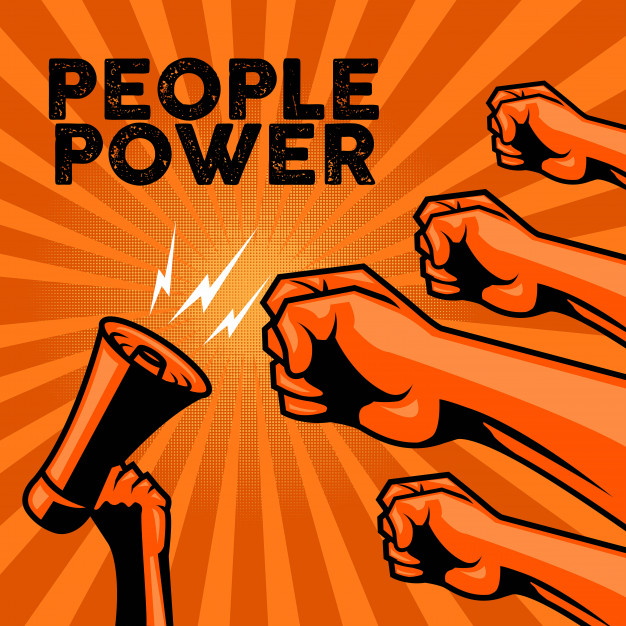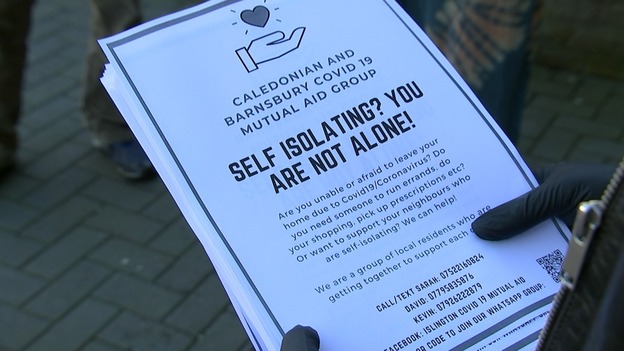It’s been a few years since I worked for a charity directly linked to the church – but because I’ve worked for Christian Aid and Tearfund – and as I’ve always tried to be open that my Christian faith has always been an important part of my motivation as a campaigner – I often get drawn into conversations and discussions by those seeking to understand a little more about how to engage churches in their campaigning.
I’ve had a few of those over the last month, so thought it useful to write a few reflections – that are by necessity, broad, on churches and campaigning – which might be useful to others.
- Go behind the ‘church attendance is down’ headline – it is, and that’s not news, the reality is that overall church attendance has fallen dramatically over the last few decades, but behind that overall trend is a much more complicated picture.
Attendance at some denominations (like Methodist or United Reformed Church) that have often put social justice at the heart of their mission, appears to be declining faster – with some predicting that some denominations will be very small in a few decades if rates of decline continue.
However there are other pockets of the church where numbers attending are growing – see for example the growth of the Catholic Church in London as an example of this, which has seen growth as a result of immigration into the city, or the continued growth of pentecostal and evangelical churches in urban areas across the country (including some growth in attendance at Church of England services in London – see graph (which is a few years old)).

So the story is more complicated and nuanced than the headlines would have you understand, but often much of that growth is centered in more urban areas, and that’s having an impact on where churches can be engaged in campaigning.
2. Understand the structures you’re navigating – as with any institution, most churches are part of a formal national structure – understanding it will help you to navigate it, but it’s useful to be aware that the overall decline in church attendance is putting pressures on those structures.
For example, many vicars in the Church of England have multiple congregations or churches that they’re now responsible for. As attendance numbers have fallen, and the resulting impact on budgets – remember churches are mostly reliant on individuals contributions from congregation members, fundraising, and sometimes income that comes from investments or property – so bringing groups of churches together has been a viable financial approach.
Just keeping the local church going is a rewarding, but often exhausting, vocation for those in local church leadership. It does mean that there isn’t an interest in campaigning or social justic causes, it’s just that the reality of local ministry with its many competing demands. That was before the impact of COVID, and the fact that many congregations haven’t been able to gather in person for much of the last 12 month which no doubt
3. Don’t assume that just because you’ve got someone at the top involved means it’ll be a success – different churches have different relationships with authority and hierarch – indeed much of church history and the emergence of new denominations is arguably about difference over that, and like any organisation understanding it will help you to navigate it.
Too often I’ve found colleagues who think that getting a Bishop (a senior role in both the Church of England and Catholic Church) onboard is enough – only to be disappointed. It certainly helps, but it probably doesn’t unlock as much as you might like. Also, be aware that churches often work on long timetables. Want them to get involved in your cause – plan months ahead if you can, and check the church calendar as well – your plan for a really important event on the Easter weekend is probably not going to get a fair consideration!
4. Churches are about the communities they serve – I don’t have any data for it (although I suspect some readers of this blog would be able to point me towards it), but my hunch would be that during periods where levels of poverty and inequality in the UK are rising, then you’ll see a corresponding increase in the churches setting up projects and activities in the communities that they serve.
In many communities, local churches (along with other faith groups) are a key player in organising the local food bank, debt advice service, shelter for the homeless, or the local refugee welcome group. Churches are about the community they serve – but again it can mean the ‘bandwidth’ to connect on other topics or issues can be reduced, or approaches need to be made that connect with what is happening in a community.
5. Don’t be scared of evangelicals– most evangelical churches in the UK aren’t anything like what you might see on TV coming from America. Indeed, I’d argue that one of the stories of the last few decades is how much the evangelical ‘wing’ of the church has rediscovered its interest in social justice and the need for engagement in politics – I say rediscover because many social reformers identified as evangelicals, but that’s a whole theological PhD!
Go into most evangelical churches and you’ll find a commitment to action on the climate, fair trade, poverty, and other issues. You might find you don’t agree on everything – but good campaigning is often about building a coalition that is broader. Approach ready for a conversation to find the common ground, while accepting that there is something that your not going to agree on.
6. Churches like to work together – look around for the existing relationships, they might be through charities or organisations that have a long connection working on an issue – many of the campaigning organisations that we see around us have roots in churches, for example, the Children Society or Trussel Trust were both founded with links to the church.
With each other, often through local platforms like Churches Together groups which have often take a role at organising local election hustings (but like many other bodies in the church struggling to find volunteers), and with other faith groups – through interfaith platforms.
Working through those relationships and partnerships is important so approaching your work with that same emphasis on working together is a important place to start.
7. The church is made up of people – so like any other charity or organisation, it can experience many of the same challenges and opportunities that other charities and voluntary organisations face. Congregational giving will often be squeezed if the overall economy is shrinking and individuals feel they’ve got to save, and like many charities finding volunteers to replace those who are choosing to step back or retire as they get older is a challenge that many churches also face.
Oh, and don’t expect everyone to hold the same view or opinion – indeed in many churches, you’ll find that the very opposite, a community of individuals united by the same faith, but politely disagreeing on much else.
